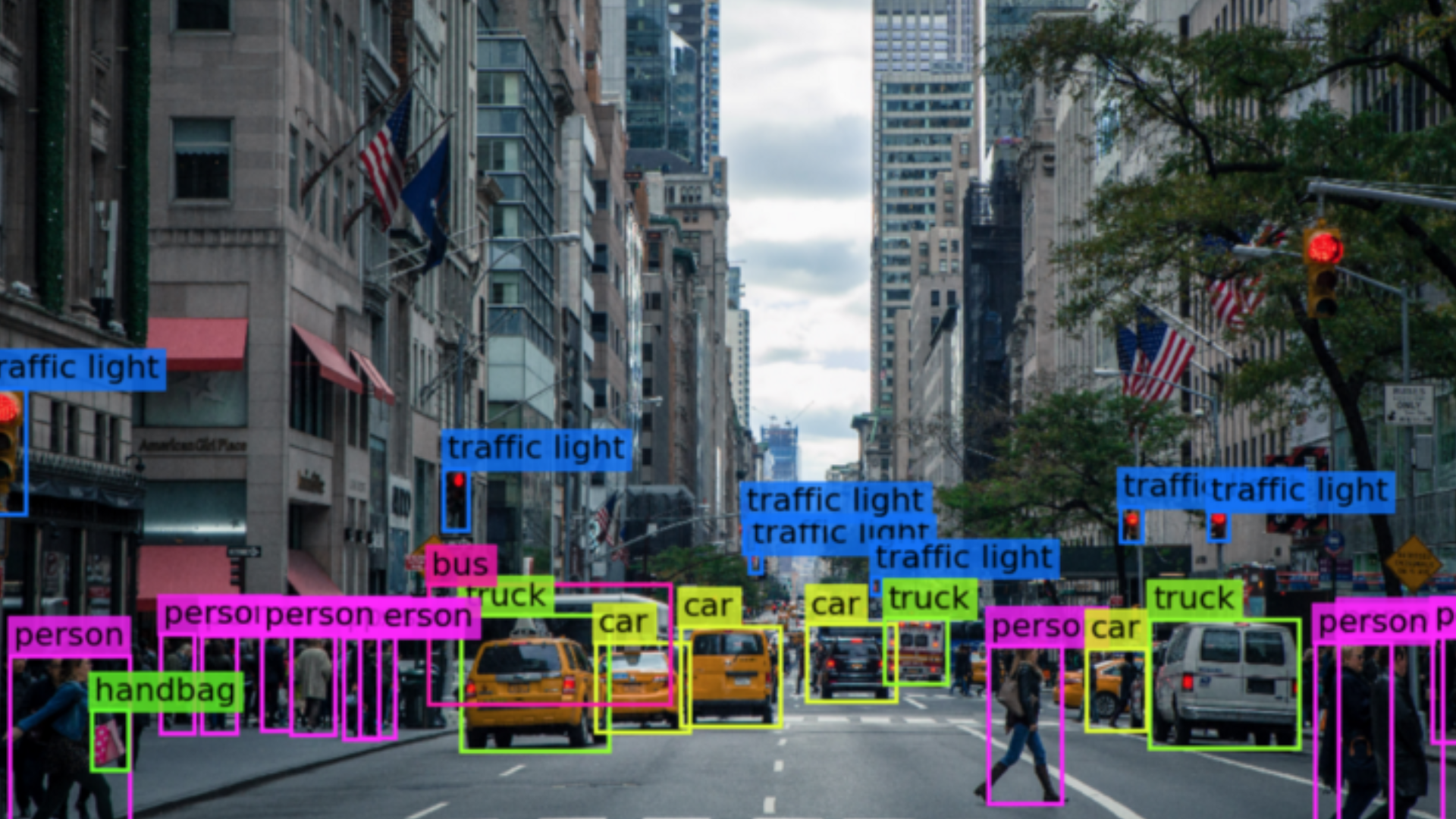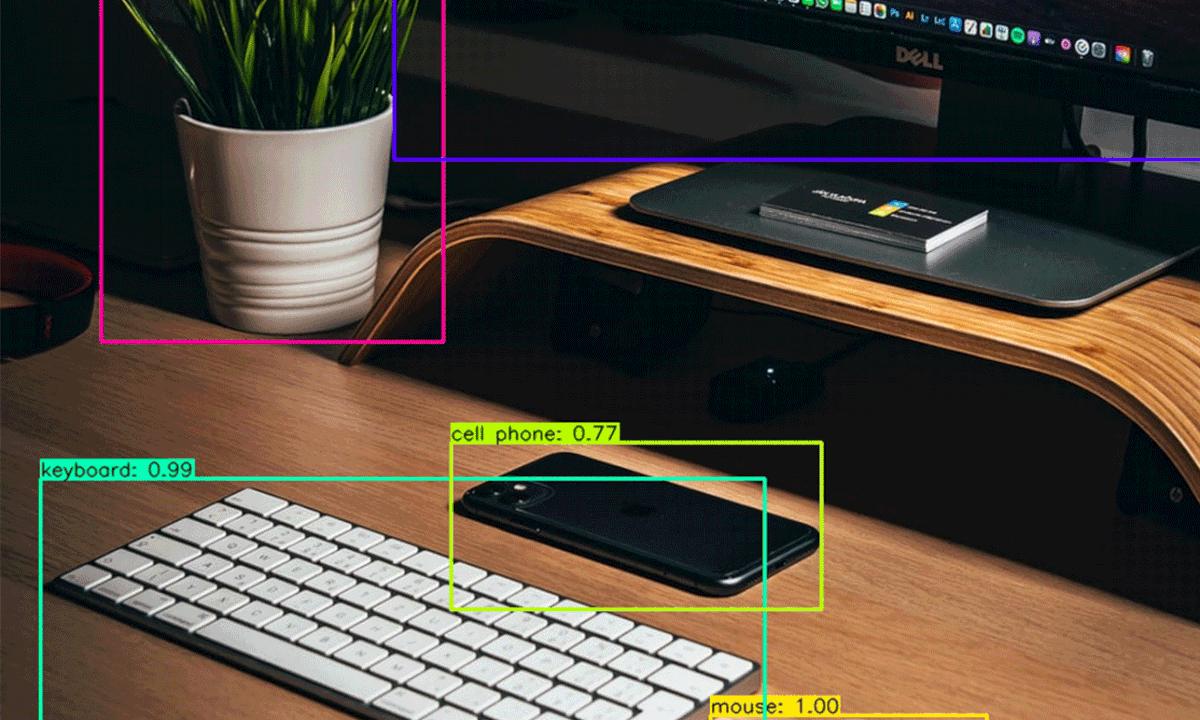Unleashing the Power of Computer Vision Algorithms
Feb 14, 2023
Computer vision is an area of artificial intelligence that has seen tremendous growth in recent years, with algorithms being developed to process and analyze images, videos, and other inputs to derive information. This technology is now being used in many applications, ranging from simple image recognition to complex autonomous systems. In this article, we will be discussing the basics of computer vision algorithms and how to unleash their power for the benefits of your business.
Introduction to Computer Vision
Computer vision is a field of study that involves the development of algorithms and techniques to enable computers to interpret and understand visual information from the world. This can range from simple image recognition, where the computer is trained to recognize specific objects, to more complex tasks such as facial recognition, object tracking, and scene understanding.
What are computer vision algorithms?
Computer vision algorithms are sets of instructions and mathematical models designed to enable computers to analyze and understand visual information from images and videos. They can be used to recognize objects, detect patterns, track motion, and extract information from visual data.
Computer vision algorithms can be divided into two main categories: traditional computer vision algorithms and deep learning algorithms. Traditional computer vision algorithms rely on hand-engineered features and rule-based systems to extract information from images, while deep learning algorithms use artificial neural networks to automatically learn features and make predictions.
How do computer vision algorithms work?
The process of using computer vision algorithms to extract information from visual data can be broken down into several steps. Firstly, the computer receives an input in the form of an image or stream of images. This input is then pre-processed, where noise and other distractions are removed, and the image is converted into a format that can be processed by the algorithm. Next, feature extraction takes place, where the algorithm identifies key features and patterns in the image. The final step is analysis, where the algorithm processes the data and makes a decision based on what it has learned.
What are the different types of computer vision algorithms?
There are many different types of computer vision algorithms, each designed to perform a specific task. Some of the most common algorithms include object detection, image segmentation, optical flow, and stereo vision.
Object detection
Object detection algorithms are used to identify specific objects within an image. These algorithms can be used to identify a wide range of objects, from people and animals to cars and buildings.
Image segmentation
Image segmentation algorithms are used to separate an image into different segments, each representing a specific object or part of an object. This is useful for tasks such as object recognition, where the algorithm needs to identify different objects within an image.
Optical flow
Optical flow algorithms are used to track motion in a video. These algorithms work by analyzing the movement of pixels between consecutive frames and determining the direction and magnitude of the motion.
Stereo vision
Stereo vision algorithms are used to estimate the depth of an image. This is achieved by analyzing the differences between two images taken from slightly different angles, and using this information to estimate the distance of objects within the scene.
Understanding the Computer Vision Pipeline
Before diving into the technical details, let's take a step back and look at the entire computer vision pipeline. The process of computer vision can be broken down into five basic steps, each with a specific function:
- Input: The first step in the computer vision pipeline is to provide the algorithm with an input, which can be in the form of an image or a stream of images (image frames).
- Pre-processing: The next step is to pre-process the input, which involves cleaning and preparing the data to ensure that it is ready for analysis. This step can include image resizing, noise reduction, and color correction, among other tasks.
- Feature extraction: After pre-processing, the next step is to extract features from the image, which involves identifying and isolating the important parts of the image. This can include identifying edges, corners, and other structures that are useful for further analysis.
- Classification: The next step is to classify the features, which involves grouping similar features together and assigning a label to each group. This allows the computer vision system to recognize objects and patterns in the image.
- Post-processing: The final step is to post-process the output of the computer vision system, which involves interpreting the results and using the information to make decisions or take action.
The benefits of computer vision algorithms
Computer vision algorithms offer a number of benefits for businesses and individuals alike. Some of the key benefits include:
- Improved accuracy: By using computer vision algorithms, businesses and individuals can achieve higher levels of accuracy in analyzing and interpreting visual data. This can result in more informed decisions, higher quality products, and improved customer experiences.
- Increased efficiency: Computer vision algorithms can process large amounts of data in real-time, reducing the time and effort required to manually analyze images and videos. This can lead to increased efficiency, productivity, and lower costs.
- Enhanced customer experiences: By using computer vision algorithms to analyze customer interactions and behaviors, businesses can gain valuable insights into their customers' preferences and needs. This can help them to create more personalized and engaging customer experiences, leading to increased customer satisfaction and loyalty.
The role of OpenCV in computer vision algorithms
One of the most popular sources of computer vision algorithms is the OpenCV library. OpenCV is an open-source library written in C and C++ that provides a range of algorithms for image and video processing. With a large and active community, OpenCV is constantly being updated and improved, making it a valuable resource for anyone in the computer vision field.
The future of computer vision algorithms in the computer vision field
Computer vision is a field of artificial intelligence (AI) that is rapidly advancing and changing the way we interact with technology. The technology enables computers and systems to interpret and understand visual information from digital images, videos, and other sources. With its growing use in fields such as autonomous vehicles, augmented and virtual reality, and machine learning, it's no wonder why many experts believe that computer vision will play a crucial role in shaping our future. Click HERE to access the full course and learn all about AI, Object detection and computer vision. Don't miss the opportunity to expand your knowledge and get ahead in the field. And if you're looking for short courses, head over HERE to purchase and start learning today!
Stay connected with news and updates!
Join our newsletter to receive the latest news and updates from our team.
Don't worry, your information will not be shared.
We hate SPAM. We will never sell your information, for any reason.





![AI In Agriculture [NEW]](https://kajabi-storefronts-production.kajabi-cdn.com/kajabi-storefronts-production/file-uploads/themes/2153492442/settings_images/f3fdf8-e3fc-6bce-d26-2adc20ba5c0a_1e6bab8-d7b-d76c-e28c-fa6d513e45d_7138c16-f641-8fdf-e206-2bcac503bc5_AI_AGRI.webp)


